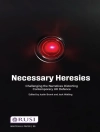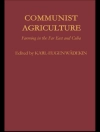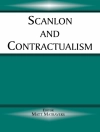In developing countries, squatter developments that house more than one-third of the urban population are without infrastructure and built from materials at hand. Analyzing Urban Poverty: GIS in the Developing World demonstrates how geographic information systems (GIS) can be used to improve quality of life in poor urban areas. With 30 years of experience using GIS technology to manage urban problems in Venezuelan barrios, Rosario Giusti de Pérez and Ramón Pérez describe how they developed sustainable solutions that go beyond conventional planning programs. Chapters cover site analyses of the natural and built environments, visualization of poverty maps, development of appropriate improvement proposals, management of projects, and organization of communities, and encouragement of their participation.
İçerik tablosu
Prologue: A story that began thirty years ago
Chapter 1 A sustainble approach to problems in urban squatter developments
Chapter 2 Site analysis of the environment
Chapter 3 Site analysis of the urban-built
Chapter 4 Poverty mapping
Chapter 5 Urban planning for squatter developments
Chapter 6 Managing improvement projects with GIS
Chapter 7 Community participation: a requirement for sustainability
Bibliography
Yazar hakkında
Ramón Pérez received his degree in architecture from the University of Los Andes in Mérida, Venezuela, and his masters in urban design from the University of Pennsylvania. He was the Director of the Architecture and Environmental Systems Research Institute at Zulia University for five years. He has consulted on GIS projects throughout Central and South America. Currently, he is the president of Esri Venezuela and lives in Maracaibo.












